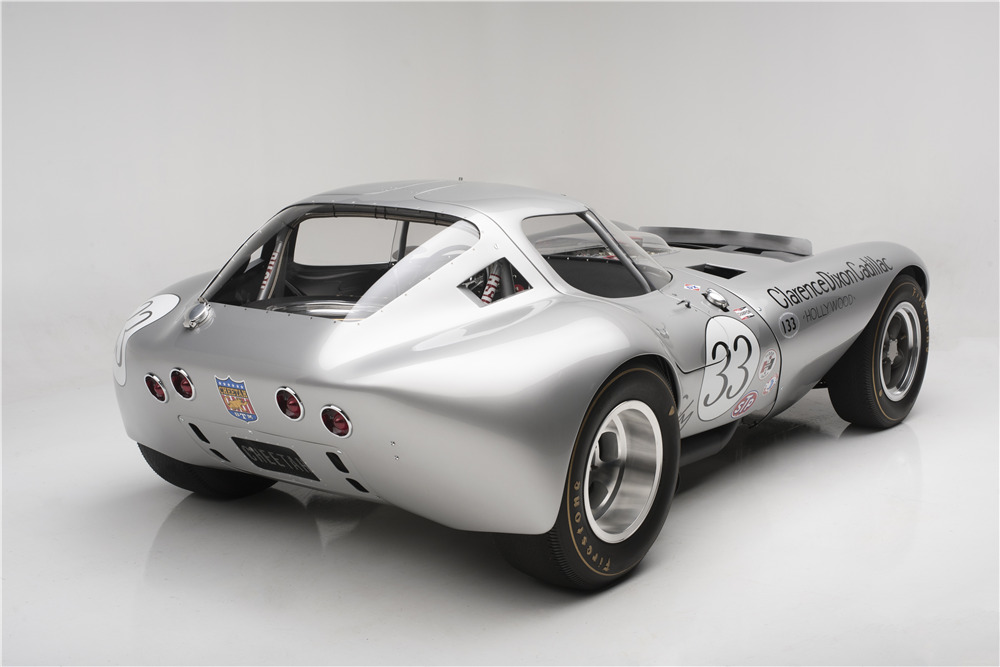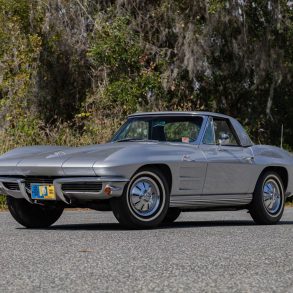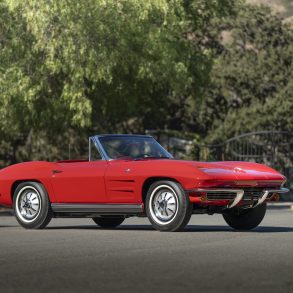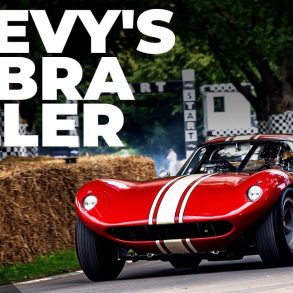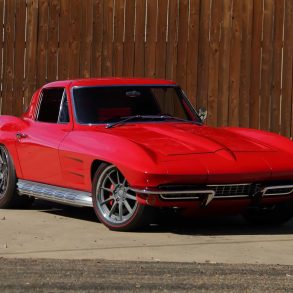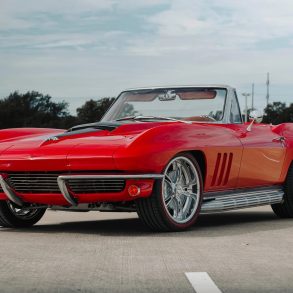1964 Cheetah GT V8
Introduction
Bill Thomas had one goal in mind when he designed and produced the Cheetah: beat the Ford Cobra. With Chevrolet backing the company, 25 fine examples were produced until sadly, the factory burnt down. After the blaze, chevrolet pulled out of the project. The power to weight ratio of this beast was phenomenal as the car was small and lightweight (Almost 500lbs lighter than the cobra!). The V8 was pushed back as far as possible leaving the engine almost in the center of the car. Some examples were tuned as high as 520HP.
The Details
The Cheetah was meant to be Cobra-killer. It was Corvette powered, with a custom-designed chassis and suspension. There has never been another car like it. Unfortunately, the Cheetah never made production. A fire in the shop stopped production somewhere around the 16th car, only 11 cars were fully completed.
The Cheetah was conceived and created by Bill Thomas at his company Bill Thomas Race Cars. Due mainly to Thomas’ connections at Chevrolet, the most recent Corvette technology was available to the pair for almost every component. In order to get the engine (and weight) as far back as possible, it was decided to forego the traditional use of a driveshaft. On this car, the universal joint on the frame-mounted differential is coupled directly to the transmission output shaft joint.
Don Edmunds, a Thomas employee, is generally credited with the original chassis work. Once the engine, driveline and suspension were completed, Edmunds simply created a frame to cage them, and a cage is exactly what the tube frame resembles. The body was created in much the same manner. A simple wooden buck was built over the frame and the first aluminum body was hand formed. This first body had a tubular substructure for support. Then they took molds from the aluminum body, one more aluminum body was built before the first fiberglass body hit production. About this time Don Edmunds left to form his own company Autoreasearch, Inc. to build racing cars on his own.
The Cheetah quickly developed a notorious reputation, although some drivers such as Jerry Titus were allegedly impressed with it’s performance. The tremendous acceleration of the 377ci motor (in the fully optioned race car known as Stage 3) versus the total weight of 1700 pounds, combined with heavy duty Chevrolet drum brakes (which were more than adequate for a car of twice the weight) kept straightaway power from being an issue for this car. In fact, it was the massive horsepower to weight ratio that, despite Titus’ skill with the car, promoted its notorious reputation.
Sadly, the factory never produced the required 100 cars to qualify as a production automobile due to many circumstances – from the fire in the factory, to Chevy’s lack of support, and of course the car’s reputation…
BTM LLC of Arizona has been authorized by Bill Thomas, original creator of the Cheetah, to build a continuation series. A chrome moly chassis with a Chevy 350 for power and a curb weight of 1550 pounds promises superb performance, however, the car is not street legal but Cheetah Race Cars is ready to provide a track car that will bring a smile to your face.
Gallery
The silver car photos are the property of Barrett-Jackson while the red car photos are property of supercars.net.
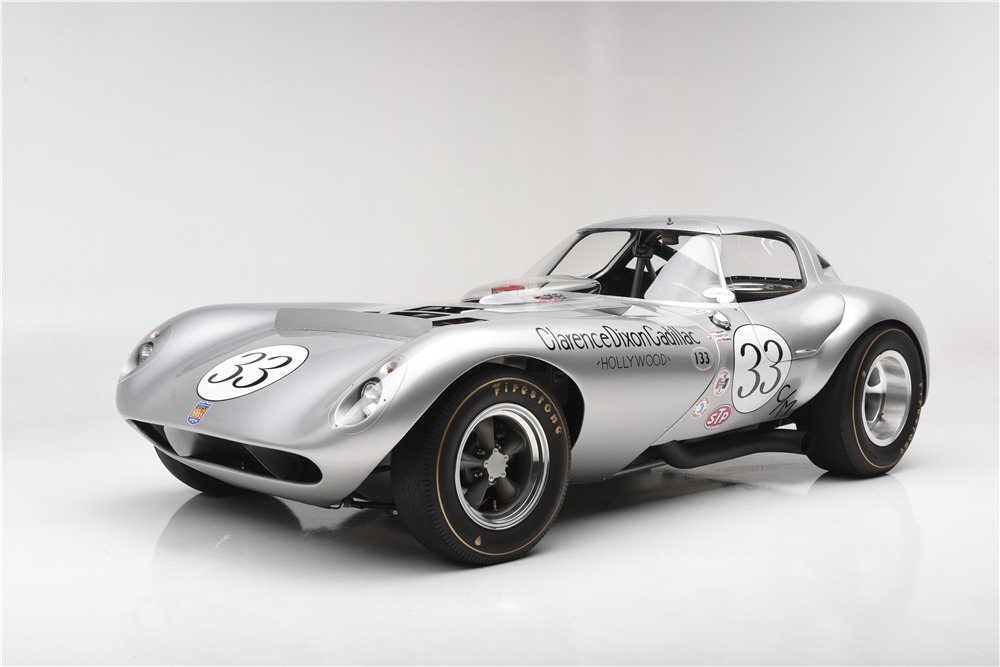
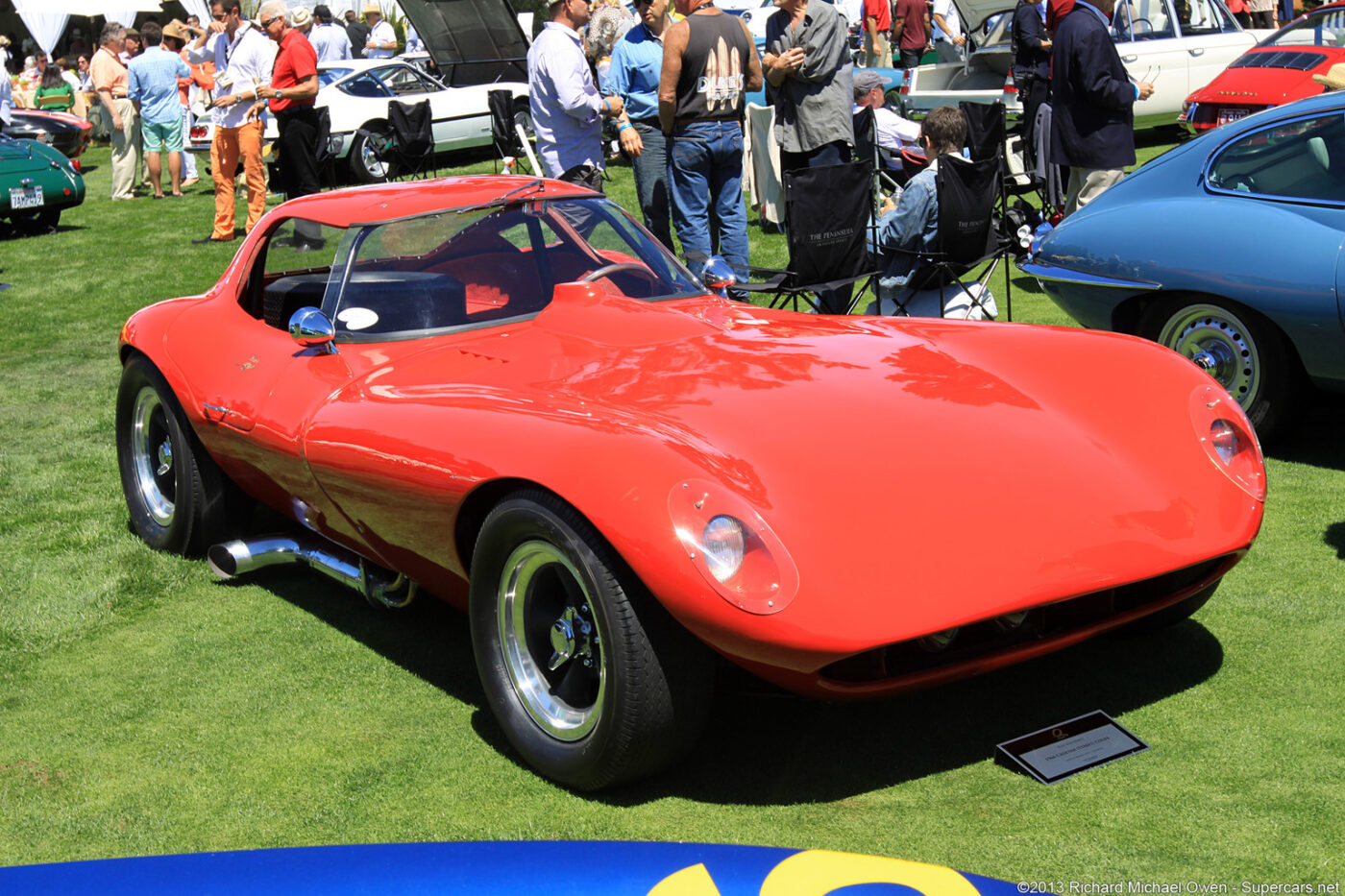
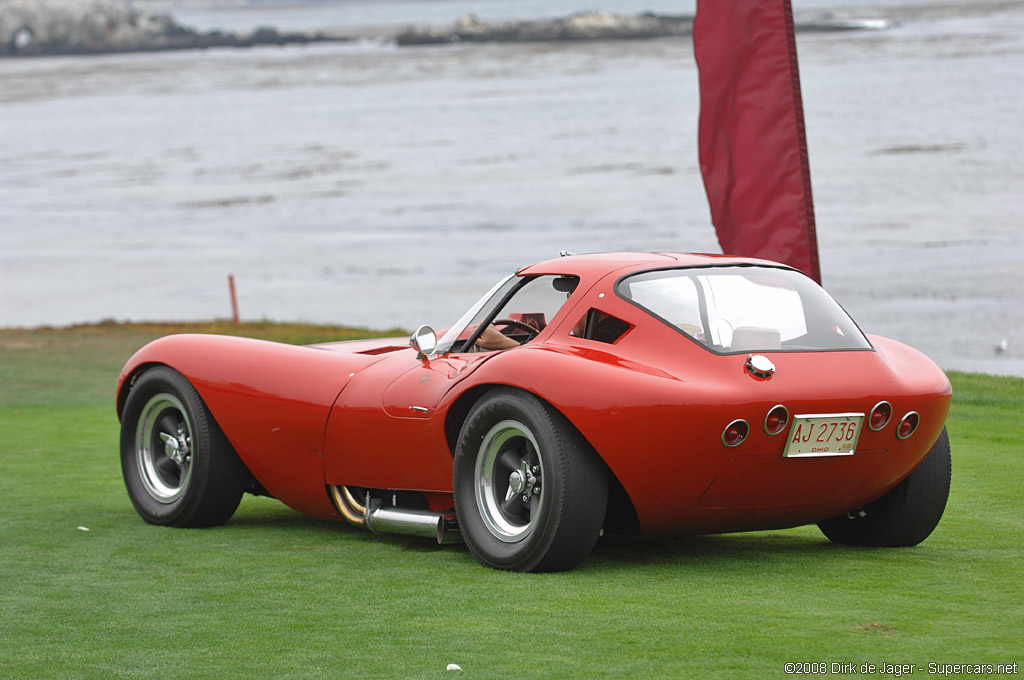
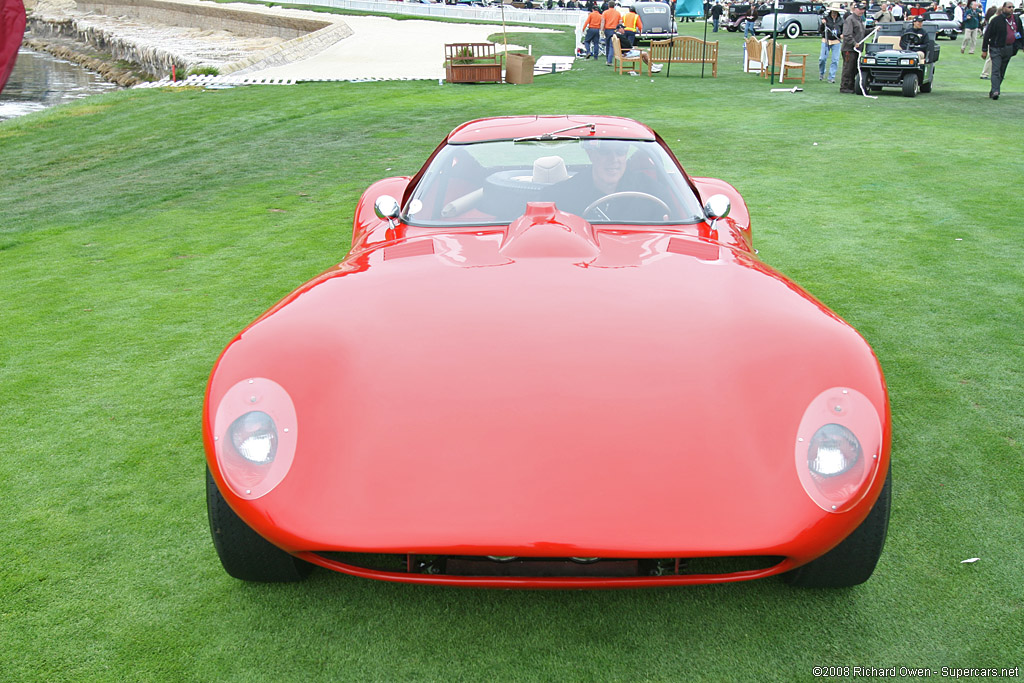
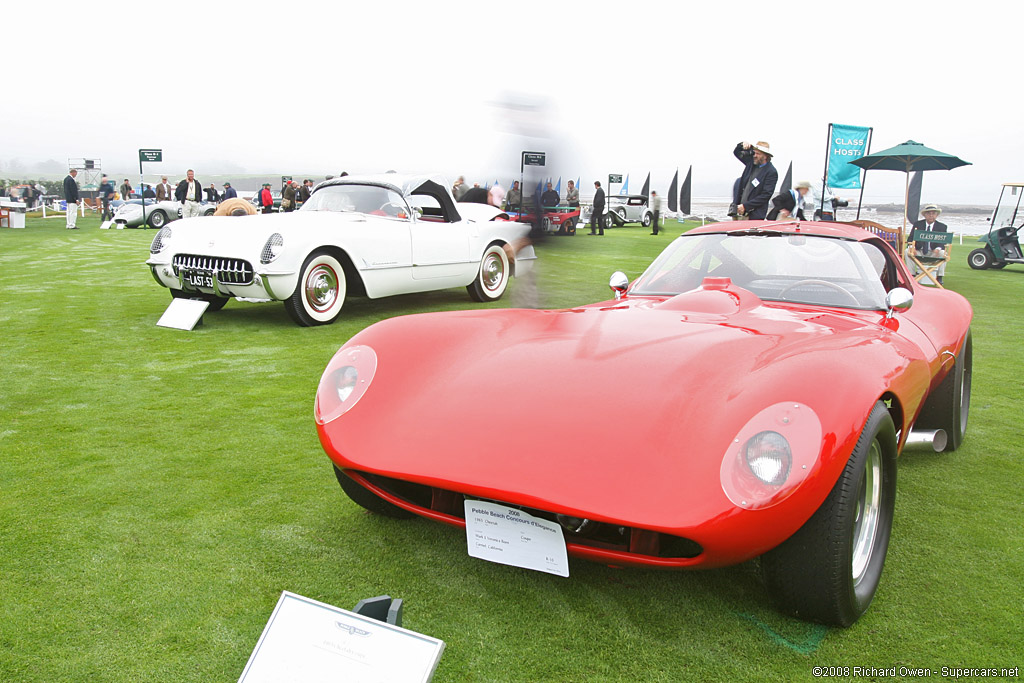
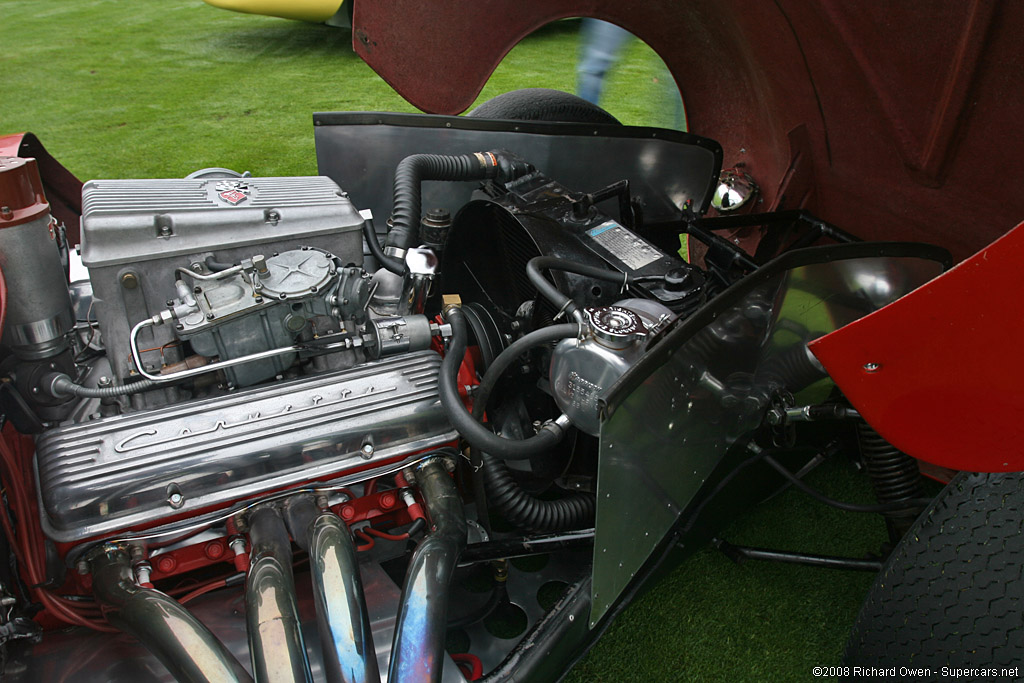
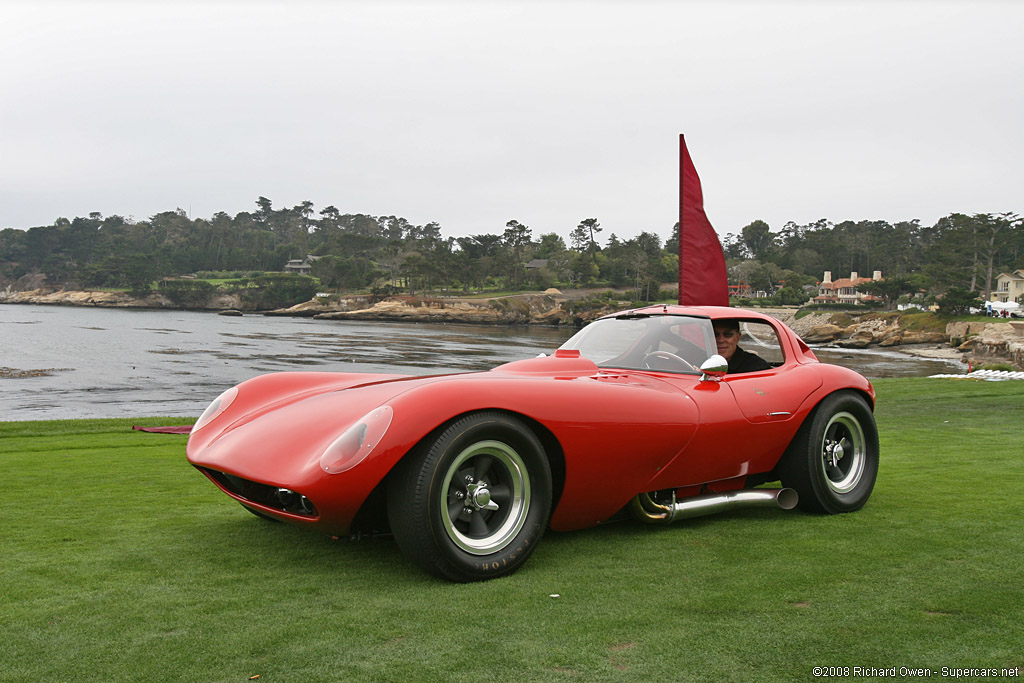
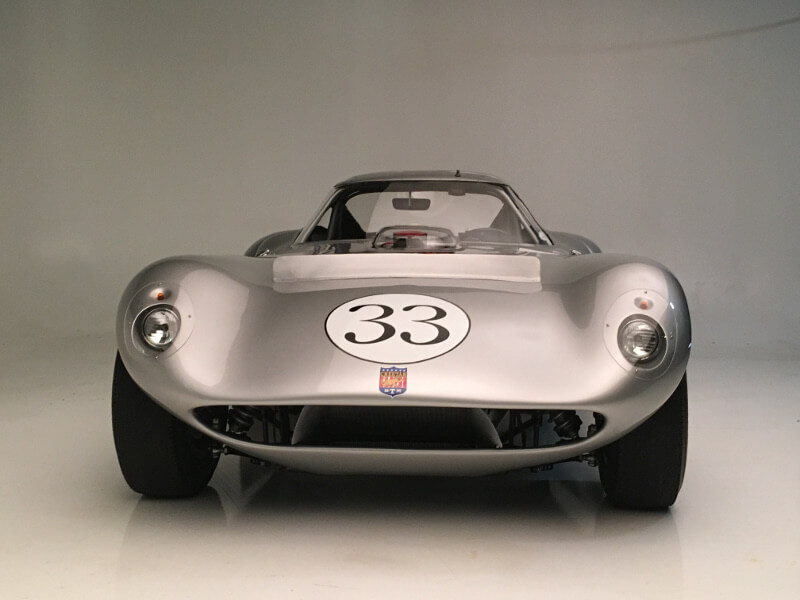
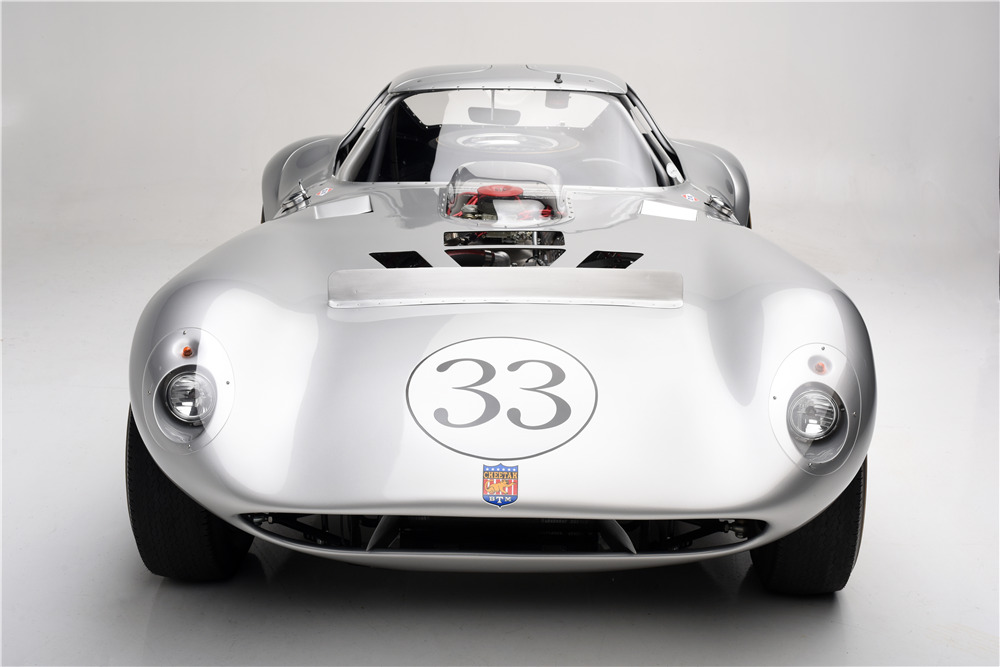
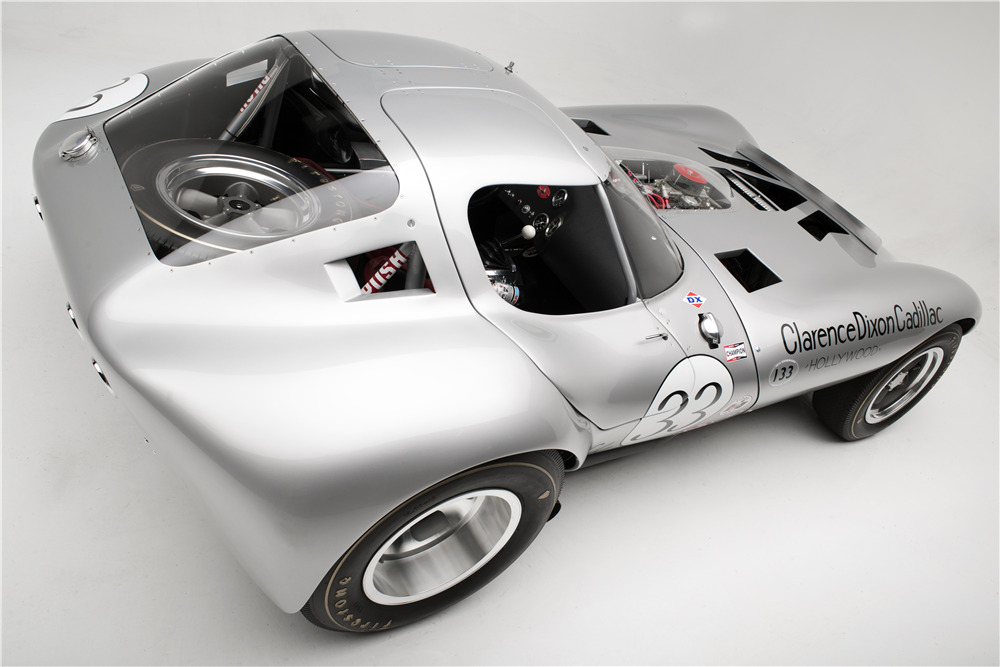
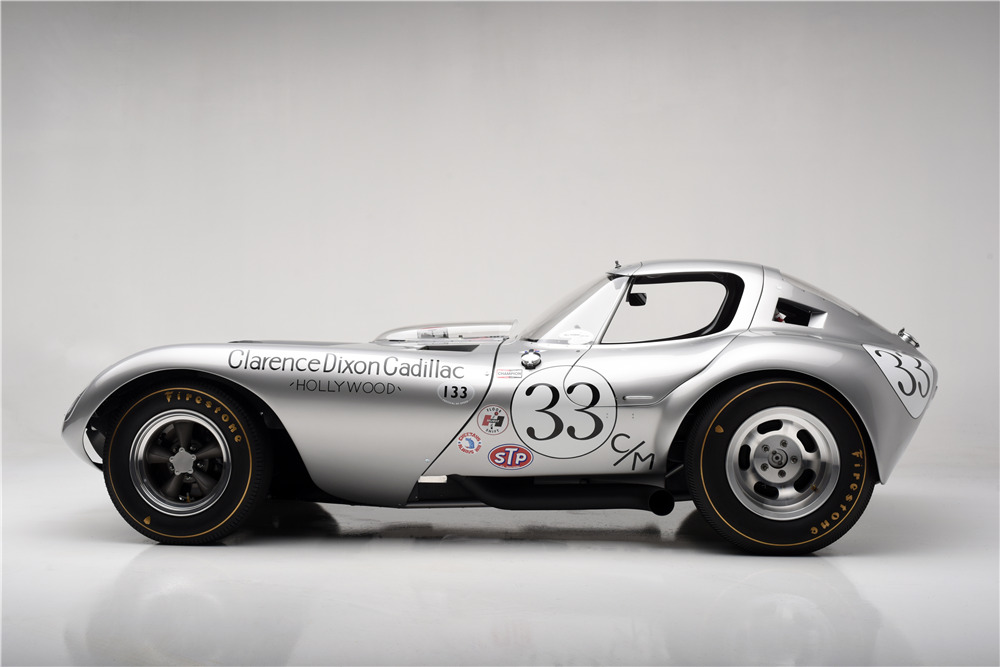
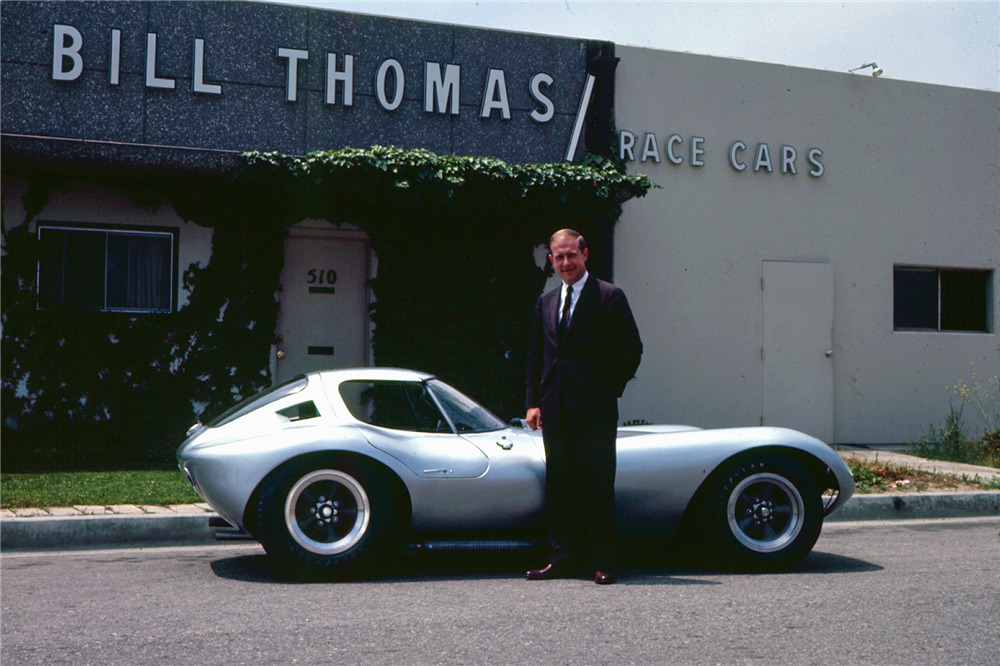
Specifications
| Engine | Chevrolet V8 |
| Displacement | 5351 Cc / 326.5 In³ |
| Bore | 101.6 Mm / 4.0 In |
| Stroke | 82.55 Mm / 3.25 In |
| Compression | 11.0:1 |
| Power | 283.4 Kw / 380.0 Bhp @ 6200 Rpm |
| Specific Output | 71.01 Bhp Per Litre |
| Bhp/weight | Bhp Per Tonne |
| Body / Frame | Fibreglass |
| Driven Wheels | Front Engine / Rwd |
| Front Brakes | Nascar Drums |
| F Brake Size | X 279 Mm / X 11.0 In |
| Rear Brakes | Nascar Drums |
| R Brake Size | X 279 Mm / X 11.0 In |
| Front Wheels | F 38.1 X 17.8 Cm / 15.0 X 7.0 In |
| Rear Wheels | R 38.1 X 17.8 Cm / 15.0 X 7.0 In |
| Curb Weight | 748 Kg / 1649 Lbs |
| Wheelbase | 2286 Mm / 90.0 In |
| Front Track | 1448 Mm / 57.0 In |
| Rear Track | 1499 Mm / 59.0 In |
| Width | 1727 Mm / 68.0 In |
| Height | 1194 Mm / 47.0 In |
| Transmission | 4-speed Manual |
| Gear Ratios | 2.20:1, 1.68:1, 1.00:1, :1 |
| Final Drive | 3.72:1 |
| 0 – 60 Mph | ~6.22 Seconds |


